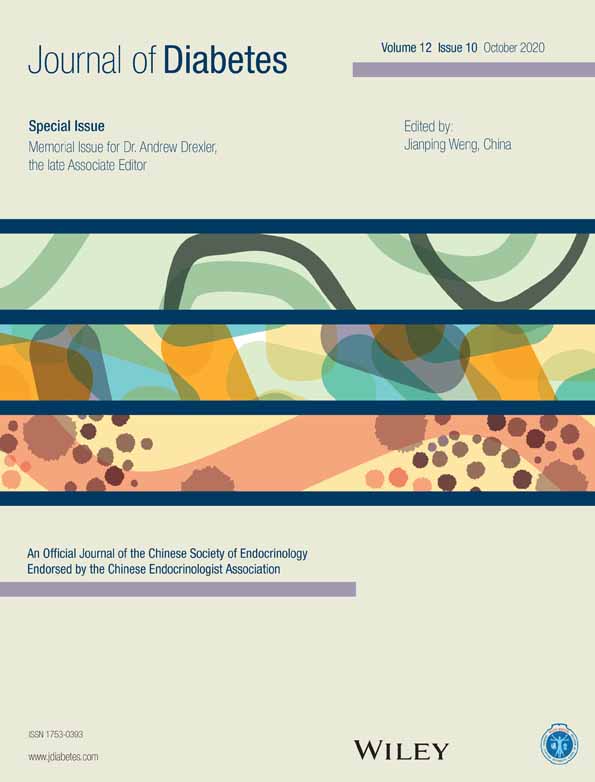Current situation of clinical islet transplantation from allogeneic toward xenogeneic
从临床异体胰岛移植向异种胰岛移植发展的现状
Funding information: Japan Agency for Medical Research and Development, Grant/Award Number: ACT-MS 17
Abstract
enCurrently, type 1 diabetes requires lifelong insulin injection and careful blood glucose control to prevent secondary complications, but islet transplantation could make a type 1 diabetic patient insulin independent. On the other hand, islet transplantation needs human donors and donor shortage is the most serious issue. To alleviate the donor shortage, non-heart-beating and living donors were used; in addition, the efficacy of islet isolation and transplantation has been improved. However, the donor shortage issue will not be solved as long as human donors are the only source.
To solve the donor shortage issue, islet xenotransplantation using porcine islets was initiated in 1994. Islet xenotransplantation has a potential to cure many type 1 diabetic patients, although there is the risk of developing serious or novel infection. Therefore, the World Health Organization has been interested in xenotransplantation, and the International Xenotransplantation Association (IXA) has published consensus statements to initiate xenogeneic islet transplantation. Clinical islet xenotransplantation was conducted under the official regulation, and safety and efficacy data have been accumulated. Currently an efficient method to overcome xenorejection is an important research target. In addition to traditional immunosuppressive drugs and immune isolation methods, the gene modification with CRISPR and blastocyst complementation have been investigated with promising outcomes. Once the xenorejection issue is overcome, islet xenotransplantation should become a curative treatment for type 1 diabetic patients.
摘要
zh目前, 1型糖尿病患者需要终生注射胰岛素并仔细控制血糖以预防继发的并发症, 但胰岛移植可以使1型糖尿病患者不再依赖胰岛素注射。但另一方面, 胰岛移植需要人类供体, 供体短缺是最严重的问题。为了缓解供体短缺, 无心跳的活体供体也会被采用。此外, 胰岛分离和移植的效果也已提高, 然而, 只要人类捐赠者是唯一的来源, 供体短缺的问题就不会得到解决。
为了解决供体短缺的问题, 1994年开始使用猪胰岛进行异种胰岛移植。异种胰岛移植具有治愈许多1型糖尿病患者的潜力, 尽管存在发生严重或新型感染的风险。因此, 世界卫生组织对异种移植很感兴趣, 国际异种移植协会(International Xenotransplantation Association, IXA)发表了启动异种胰岛移植的共识声明。临床的异种胰岛移植在官方规定下进行, 并积累了安全性和有效性数据。目前, 克服异种排斥的有效方法是一个重要的研究目标。除了传统的免疫抑制药物和免疫隔离方法外, 使用CRISPR进行基因修饰和囊胚互补的研究也取得了良好的结果。一旦异种排斥问题被克服, 异种胰岛移植应该成为1型糖尿病患者的根治疗法。




